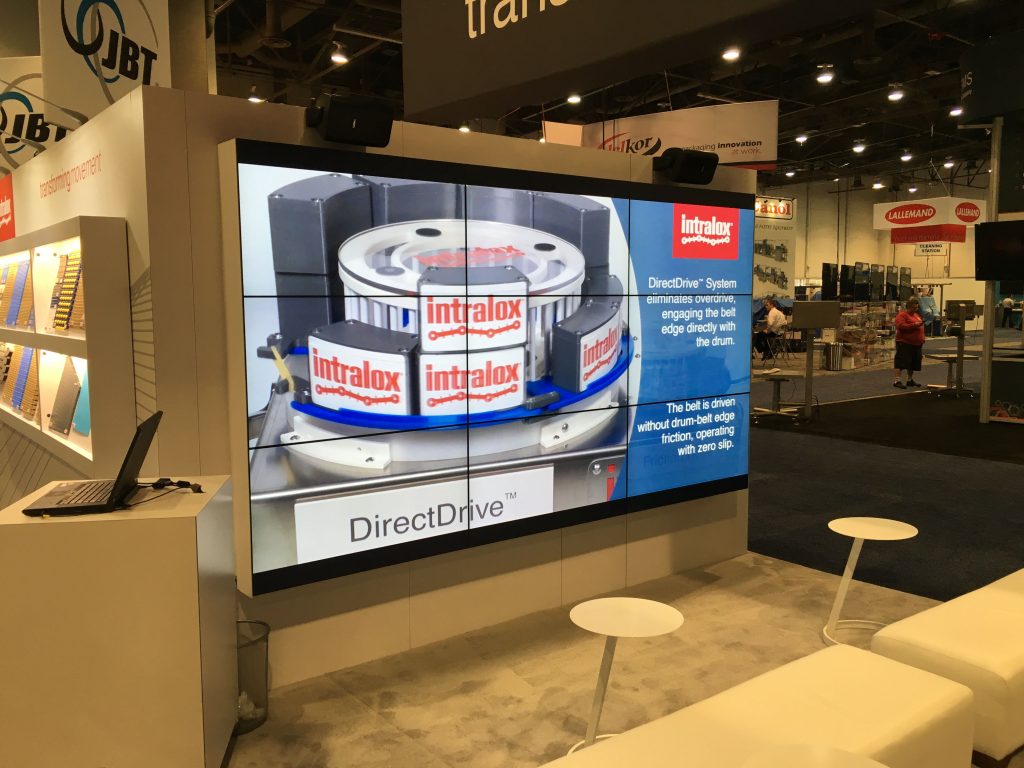The first step in ensuring color accuracy is understanding how LED technology works. LEDs, or light-emitting diodes, produce light in various colors by mixing red, green, and blue (RGB) light. Each dot on an LED wall consists of these three colors. When calibrated correctly, the combination of RGB can create a broad range of hues. However, if one color is too bright or too dim, it can throw off the whole screen. This is why tuning is needed to balance the colors and achieve the desired visual result.
Calibration involves modifying the configurations of the LED wall to ensure that the hues displayed correspond the initial content as nearby as feasible. This process usually involves using specialized software and hardware tools. Technicians often use color measurement devices, such as color meters, to analyze the colors being shown. By comparing the assessed colors to benchmark color standards, they can make precise modifications. This guarantees that the colors are not only lively but also consistent across the whole display.
Another crucial aspect of color precision is understanding the environment in which the LED screen is used. Elements such as ambient light can considerably impact how hues appear. For example, a well-lit lit room may wash out colors, making them look less lively. To mitigate this, technicians may adjust the luminosity and contrast configurations of the LED screen. Additionally, they may select particular color profiles that are more suited for various lighting conditions. This flexibility helps maintain color precision irrespective of the observing environment.

Ultimately, routine maintenance and recalibration are essential for maintaining an LED screen looking its best. Over time, the functionality of LEDs can change due to factors like degradation and heat fluctuations. Regular checks and adjustments can help guarantee that the hues remain correct and lively. By investing time in proper tuning and upkeep, venues can site link provide audiences with breathtaking graphic displays that enhance their total experience. Mastering color precision in LED screen calibration is not just a technical task; it is an expertise that adds to the magic of visual narration.